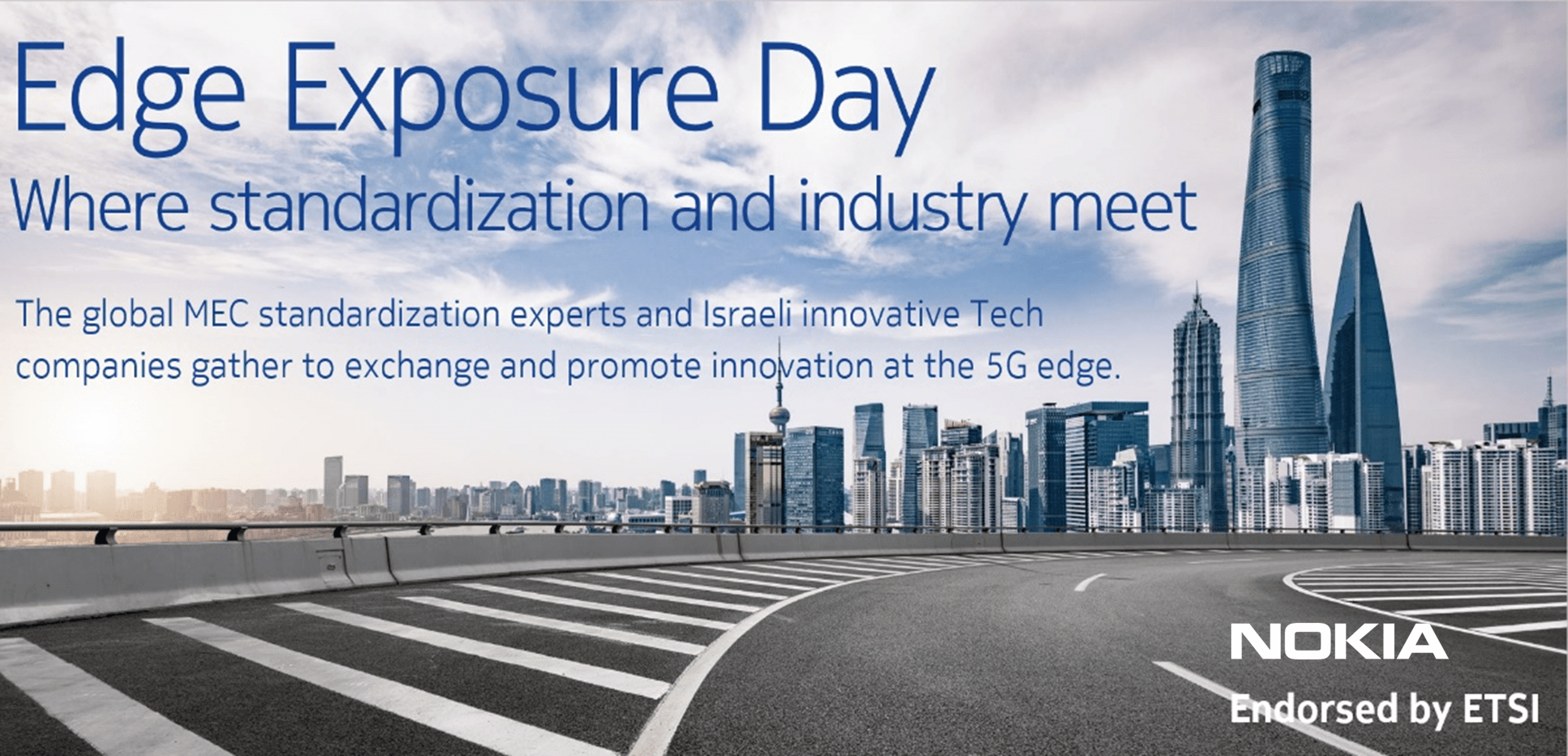MEC, interoperable API exposure, software focus
2024-04-17 Posted by Dario SABELLA, MEC Chair 7838 Hits2024-04-17
Hello, I have promised to come back to you once we have announced the MEC Phase 3 finalization. So, here you can find the Press Release issued by ETSI, related to publications of our last Phase 3 deliverables, but also announcing the start of some relevant work for Phase 4.
As a couple of hints more, I wanted to signal you:
The forthcoming ETSI Webinar on "CAPIF from Standards to Practice: Synergy between 3GPP, ETSI MEC and OpenCAPIF ", planned for April 30th, 2024, with speakers from these three groups. The webinar is in my opinion a great example of fruitful collaboration between ETSI MEC and 3GPP, in the view of enabling interoperable API consumption from various API invokers, and can be relevant for application developers as the aim is to provide an excellent piece of information on this complex standardization activity, together with the possibility to understand the possible synergies of MEC with the recently established Software Development Group (SDG) in ETSI called OpenCAPIF.
Second aspect of interest is the progress of the newly started ETSI STF (Special Task Force) "Edge Native Connector ". This STF 678 is planned to build on the MEC Sandbox, and will deliver an edge application development experimentation environment, based on the cross-organisation harmonisation efforts that have been led by ETSI MEC. That includes alignment with 3GPP, in particular the WG SA6 defined EDGEAPP architecture (stage 2) with associated CT1 & CT3 specified APIs (stage 3); GSMA’s Operator Platform, which facilitates edge federation and capability exposure to application service providers; 5GAA, who have provided V2X related requirements directly to ISG MEC. This activity can also enable future synergies in MEC Phase 4 with OpenCAPIF.
…Well, if the above information on MEC is still too technical for you, you may want to start from the basics, and have a look at our Wiki page (https://mecwiki.etsi.org/), where we have added also a nice Q&A session, on “everything you wanted to know about MEC”. Also, we plan to update this page with additional Q&A in the future. Enjoy the reading!!

